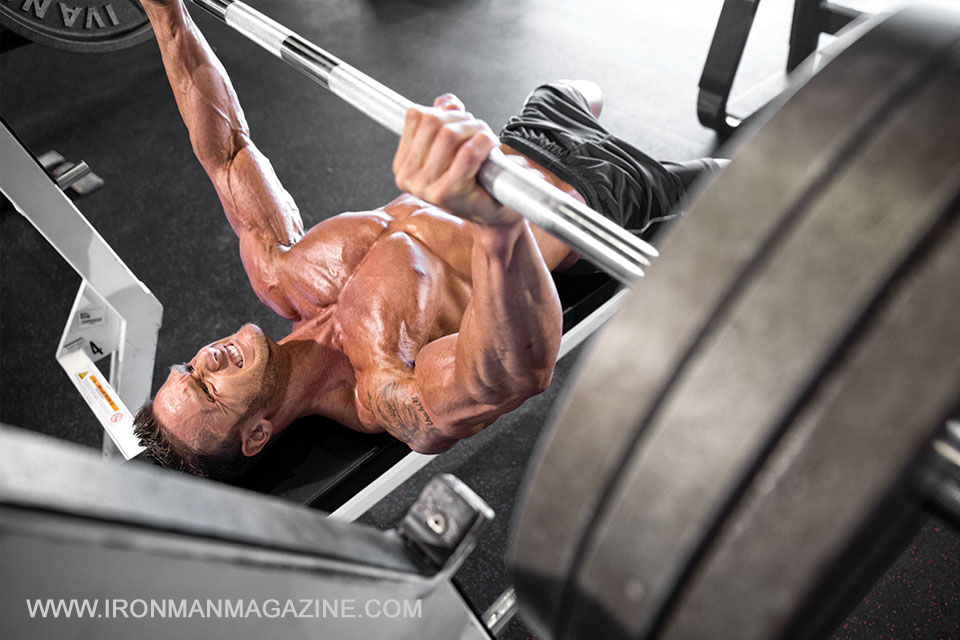Watch some good bench pressers in competition. I recall one guy who looked like he was doing a jerk - lowered the bar carefully and under control, paused as required, and then when given the Press command, fired every muscle he could - calves, legs pushing into the ground, glutes, lats. It was enough to make the bar start upwards without really moving the bar away from his body much, if at all. The rules prohibit "heaving" the bar, but you can get away with something resembling that by staying just tight enough on the descent and then getting tighter as you begin to press.
I have also seen similar technique used with a kettlebell military press. As long as there is no leanback followed by a belly bump, no starting with bent knees and straightening them, and nothing else along those lines, the technique is a good one, IMO. IOW, it's not as simple as force vectors, IMO.
-S-

